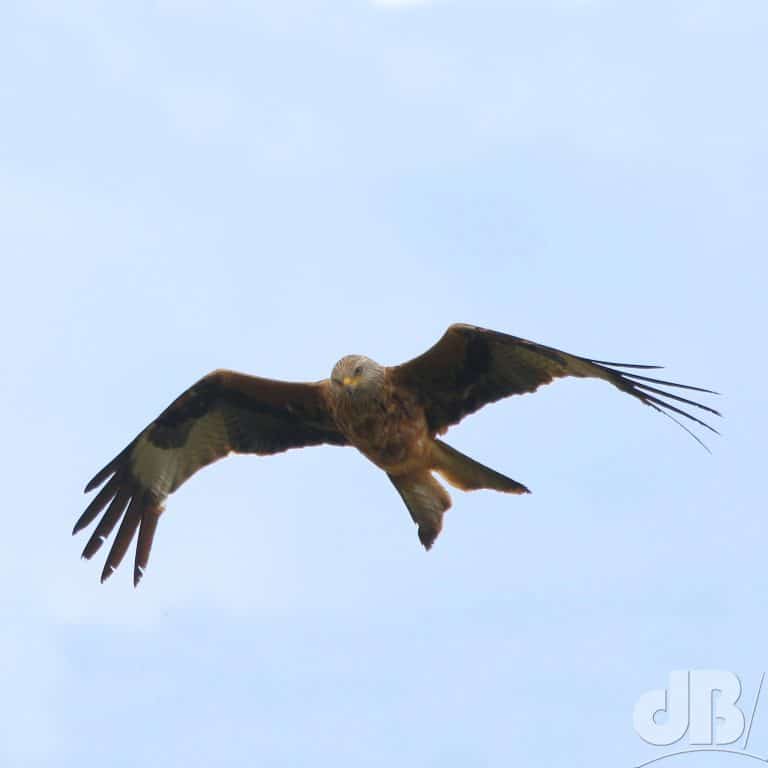We visited Somerset in the summer of 2019 despite neither of us being fans of cider. We stayed on a beautiful part of the county’s north coast and did a lot of walking and visited a few nature reserves in the hope of seeing bird and insect species we might not commonly see in Cambridge where we live.
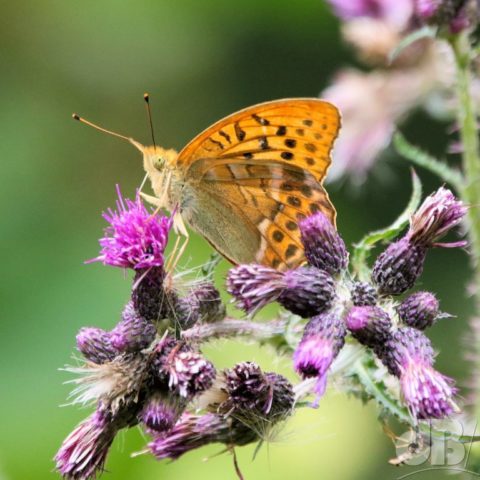
The Silver-washed Fritillary, Argynnis paphia, was one of the Lepidoptera I hoped to photograph. The species is widespread over the South West and Ireland (see here) and we saw several on flowers in the gardens of a cafe we visited after a five-mile walk. Spotted them only after I’d taken off my walking boots to cool my feet, so I was painfully tiptoeing over their gravel walkways to get a close-up.
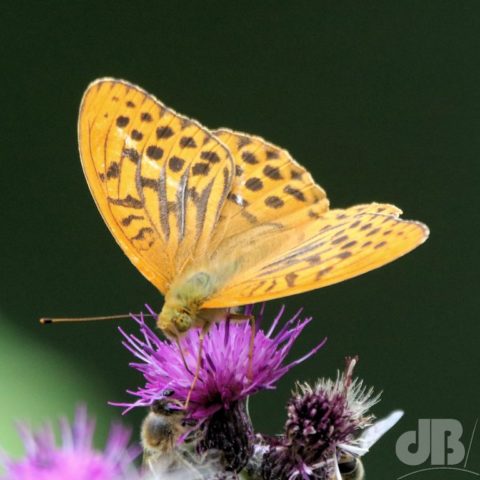
Turns out the butterfly’s range extends all the way up to Cambridge, so we needn’t have gone that far if “ticking” that one species had been the sole aim of the trip. Yoga buddy Celia sent me a photo of paphia she had snapped in Hayley Wood Nature Reserve just west of Cambridge earlier this week.
So, on Friday I drove the 13 or so miles to this Wildlife Trust reserve with the aim of getting some new snaps of the species. I tramped up and down its empty footpaths for two or three hours. I passed one other person, a jogger, the whole time I was walking and then saw a Dad with his two teenage kids when I was at the top of the reserve’s observation tower.
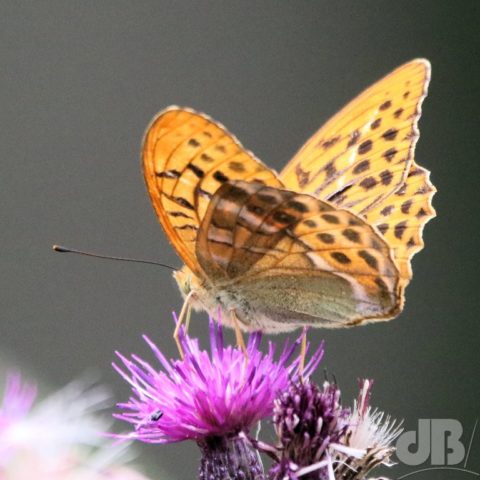
Anyway, I had seen very few birds, various butterflies (Comma, Meadow Brown, Peacock Red Admiral, Ringlet, Skipper, White (Large and Small) and having sat at the top of that tower was packing up my camera kit and readying to head home when I spotted a Hummingbird Hawk-moth flitting about among the fallen branches at the foot of the tower. This is the first one I’ve seen in this country since two of them were feeding on our Red Valerian in our back garden last September. Anyway, camera out, again…moth photographed.
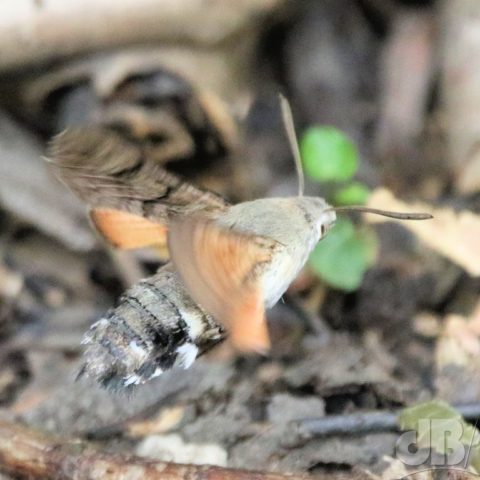
Heading back to the car I took a 90-degree detour up a narrow and somewhat narrow footpath, which is when I spotted the first paphia of the day…and then another. They were too quick for me to raise my camera and get a shot, disappearing as they did into the overgrown foliage. I doubled back, maybe it’s a favoured spot, I thought…and thankfully it was indeed, another appeared, perched on a leaf, happy to be photographed at the requisite three metres of my 600mm zoom. Then another two.
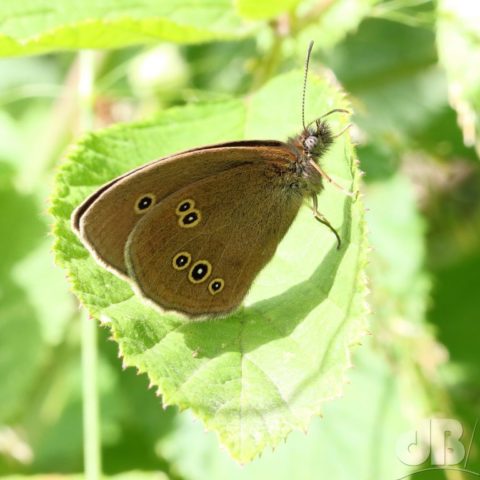
Unless the butterflies had also doubled back, I hazard a guess that I saw five in this spot within the space of twenty minutes. I only ever saw two simultaneously, so it is possible there were actually between two and five.
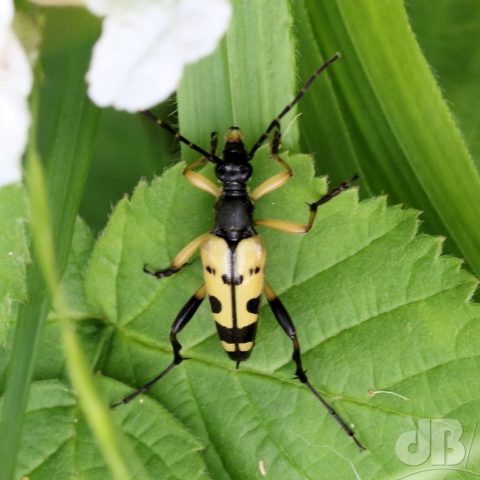
The silver-washed fritillary butterfly has black spots on deep orange wings, and can be about 50 to 70 millimetres across when wings full open. The males are a little smaller and paler than the females. The name is derived from the character of the underside of the wing which is green with “artistic wash” silver streaks instead of the silver spots seen on other fritillaries. The adults feed on the nectar of bramble, thistles, and knapweeds, all of which were present lining the footpath.
Lots of Blackcaps and Wrens calling in the woods, but didn’t see much avian activity until I got back to the car, Whitethroat and a Red Kite overhead, quite low.
